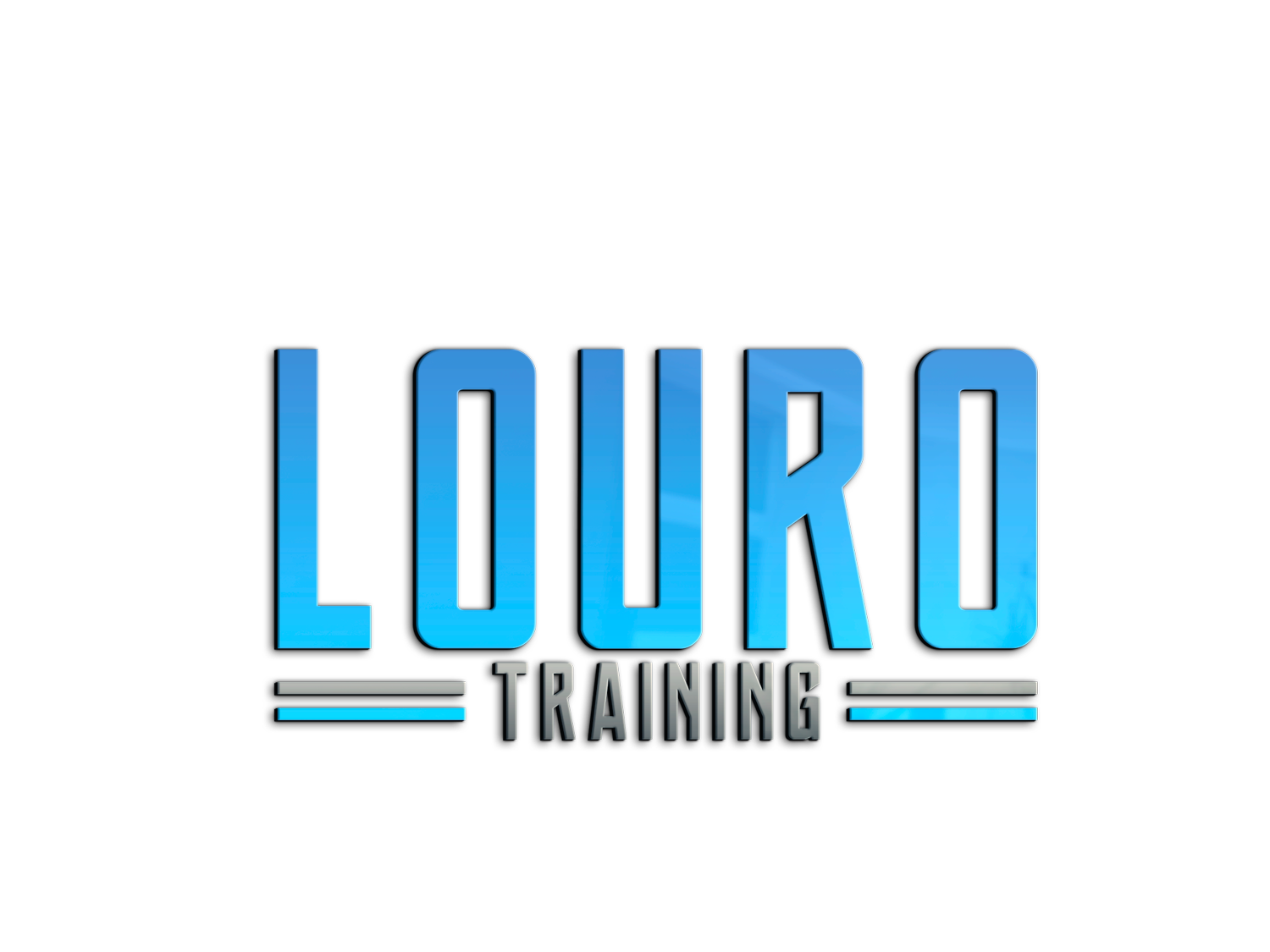Applying James Clear's Insights from "The Drive" Podcast to Your Personal Fitness Journey
Applying James Clear's Insights from "The Drive" Podcast to Your Personal Fitness Journey
Episode 183 of Peter Attia's renowned podcast, "The Drive", is a treasure trove of actionable insights on habit formation, decision making, and self-improvement. In this episode, Attia interviews James Clear, an author whose work revolves around these concepts. Clear's bestselling book, "Atomic Habits", has revolutionized the way many individuals approach their goals. If you haven’t read it yet, I highly recommend you do. This article is going to focus on the health and fitness angle of creating new habits but Clears work is by no means limited to health and fitness. You can apply his ideas to help you reach just about any outcome. My goal is to distill the ideas discussed in this podcast down to simple to understand and more importantly, execute items with a central focus on health and fitness.
Clear's central tenet in "Atomic Habits" is that small, consistent changes result in significant transformations over time. Think of your fitness habits as individual atoms. Individually, they may seem insignificant, yet together they form the backbone of your physical wellbeing. According to Clear, the focus should not be on the end goal but the system or process. It's not about running a marathon; it's about becoming a runner. This shift in perspective is vital for sustainable progress.
Incremental Progress: Instead of targeting a considerable leap in your fitness levels, aim for a 1% improvement each day. This might mean adding an extra rep to your workout, running for an additional minute, or slightly increasing your weights. These minute improvements, compounded over time, can lead to profound changes.
Implementation Intentions: Clear stresses the importance of specific planning in habit formation. In the fitness context, don't just plan to work out; plan when, where, and how. By assigning a specific time and place for your workouts, you increase the likelihood of following through.
Habit Stacking: Combine a new habit with an existing one. For example, if you have a habit of watching the news in the morning, start doing a few simple exercises while watching. This technique links your new behavior (exercising) with a well-established routine (watching the news), making it easier to remember and execute.
Immediate Rewards: Clear explains that we are more likely to repeat a behavior when the reward is immediate. To apply this to your fitness journey, find ways to enjoy the process. It could be through an engaging workout playlist, a scenic running route, or a post-workout smoothie you love. The more enjoyable the experience, the more likely you are to repeat it.
Identity Shift: Clear believes that true behavior change is identity-based. To make fitness a lifestyle, don't just focus on what you want to achieve (outcome-based) but on who you wish to become (identity-based). Instead of saying "I want to lose 20 pounds," say "I want to be a person who values health and fitness." This identity shift makes your fitness goals part of your self-image, leading to long-lasting changes.
As Clear articulates, developing habits is more than just repetition—it's about building systems that guide us towards becoming the best version of ourselves. Your fitness journey, like any other goal, will benefit from these principles. By focusing on consistent, incremental changes, and framing these changes within the larger picture of who you want to become, you can move towards a healthier, fitter you.
Remember, the aim isn't to become perfect overnight. Instead, focus on small but steady progress. As James Clear says, "You do not rise to the level of your goals, you fall to the level of your systems or habits." So, build systems that make your fitness journey enjoyable, rewarding, and in line with the person you aspire to be.
